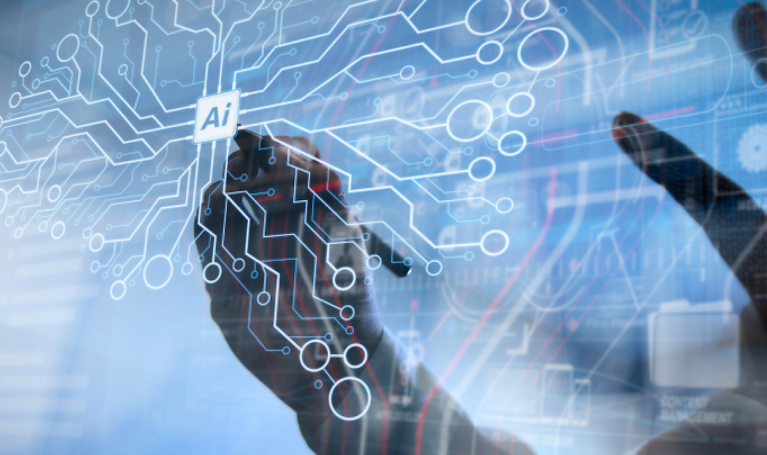
What a difference 10 years makes. Just a decade ago, artificial intelligence couldn’t understand language or images; now it can.
AI is also revolutionizing workforce productivity by enhancing efficiency and output quality, according to the 2024 AI Index Report from the Stanford University Institute for Human-Centered Artificial Intelligence.
The AI Index, run by the Stanford Institute for Human-Centered Artificial Intelligence and guided by a diverse group of experts, annually presents data on AI in an effort to help leaders make responsible and ethical decisions about the technology.
“A decade ago, the world’s best AI systems were incapable of classifying images at a human level,” Nestor Maslej, research manager at Stanford HAI, wrote in the report. “They could not understand language, struggled with visual reasoning, and flunked the most basic reading comprehension tests. Today, AI systems routinely exceed human performance on standard benchmarks.”
One study cited in the report found that workers using AI tools completed tasks 26% to 73% faster than those without access to such tools. Another study conducted by researchers at Harvard Business School revealed that consultants using GPT-4, a state-of-the-art language model, experienced a 12.2% increase in productivity, a 25.1% increase in speed, and a 40% improvement in work quality compared to those not using the tool.
The report also found significant gains in AI models’ capability. The authors concluded that AI outperforms humans in tasks like image classification, visual reasoning and English comprehension but still lags in more complex areas such as multitask language understanding and visual commonsense reasoning.
The Stanford report highlights how AI could level the playing field between low- and high-skilled workers. The Harvard Business School study found that while both groups saw performance improvements when using AI, the gains were more substantial for lower-skilled workers. This finding suggests that AI could play a role in promoting social mobility and reducing income inequality.
However, the report emphasizes that productivity gains from AI are not guaranteed. Overreliance on the technology without adequate human oversight can lead to suboptimal results. A study of professional recruiters highlighted this risk, showing that those who trusted “good AI” without verification performed worse than those who used “bad AI” but exercised more diligence.
As AI becomes more prevalent in the workplace, its impact on productivity becomes more evident. The 2024 AI Index Report cites a McKinsey survey revealing that 42% of organizations reported cost reductions, and 59% saw revenue increases from implementing AI, up from 32% and 63% in the previous year.
A report from PYMNTS last year indicated that generative AI technologies like OpenAI’s ChatGPT could greatly boost productivity, but they also have the potential to disrupt the job market.
US on Top: The United States remains the dominant source of top AI systems, significantly outperforming China, the European Union and the U.K. In 2023, U.S.-based institutions produced 61 notable AI models, compared to 21 from the EU and 15 from China.
Standards are Lacking: Recent findings from the AI Index show a critical lack of uniformity in responsible AI reporting. Major developers like OpenAI, Google and Anthropic test their models using different responsible AI benchmarks, making it difficult to evaluate the risks and limitations of leading AI models consistently.
Investments Skyrocket: Although overall private investment in AI dipped last year, funding for generative AI soared, increasing nearly eightfold from 2022 to $25.2 billion. Major companies in the generative AI sector, such as OpenAI, Anthropic, Hugging Face and Inflection, announced significant increases in fundraising.
AI Boosts Science: AI started to enhance scientific discovery in 2022, and by 2023, the impact deepened with the rollout of more substantial science-related AI applications. Notable among these were AlphaDev, which improves algorithmic sorting, and GNoME, which aids in the discovery of new materials.
Regulations Grow: The volume of AI-related regulations has seen a significant uptick recently, escalating sharply over the past five years. In 2023, there were 25 AI-related regulations, a substantial rise from just one in 2016. Over the last year alone, AI-related regulations increased by 56.3%.